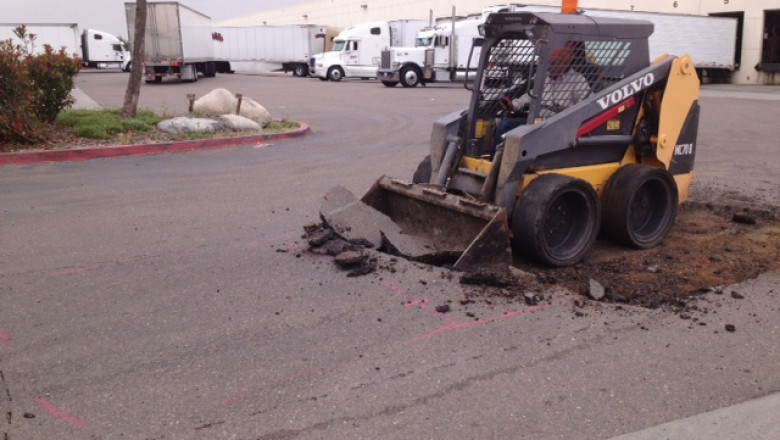views
Asphalt is widely used in road construction, driveways, and parking lots due to its durability and cost-effectiveness. However, over time, wear and tear from heavy traffic, weather conditions, and aging necessitate the removal and replacement of asphalt surfaces. Asphalt removal is an essential step in repaving and resurfacing projects, requiring specialized techniques and equipment to ensure efficiency and safety. This guide explores the different methods of asphalt removal, common challenges, and best practices for successful execution.
Methods of Asphalt Removal
There are two primary methods used for asphalt removal: manual removal and mechanical removal. The choice depends on factors such as project scale, asphalt thickness, and available equipment.
Manual Asphalt Removal
For small-scale projects or areas where precision is necessary, manual removal techniques are preferred. Common tools used include:
-
Pickaxes and pry bars: To break apart asphalt sections.
-
Sledgehammers: To dislodge asphalt chunks.
-
Shovels and wheelbarrows: For transporting debris.
Manual removal is labor-intensive and time-consuming but allows for careful removal in tight spaces where machinery cannot be used.
Mechanical Asphalt Removal
For larger projects such as road reconstructions or commercial parking lots, mechanical equipment speeds up the removal process. Common machinery used includes:
-
Excavators with hydraulic breakers: To break up thick asphalt layers.
-
Cold milling machines: To grind and remove asphalt while preserving the base layer.
-
Bulldozers and dump trucks: For transporting debris efficiently.
Using heavy machinery significantly reduces the time and labor required for asphalt removal while ensuring thorough material extraction.
Challenges of Asphalt Removal
While asphalt removal is necessary for resurfacing and reconstruction projects, it comes with several challenges that must be carefully managed.
Asphalt Thickness and Composition
The thickness and composition of asphalt impact the difficulty of removal. Multi-layered or reinforced asphalt surfaces require more effort to break apart and remove compared to thin, single-layer installations.
Environmental Concerns
Proper disposal of removed asphalt is crucial to prevent environmental harm. Fortunately, asphalt is one of the most recycled materials in the construction industry. Recycling removed asphalt reduces landfill waste and promotes sustainable construction practices.
Damage to the Underlying Base
Overly aggressive removal can damage the base layer of a pavement, leading to additional repair work before new asphalt is installed. Using appropriate tools and techniques ensures that only the necessary layers are removed.
Debris Management and Transportation
Asphalt removal generates a large amount of debris, which must be transported to designated recycling or disposal sites. Coordinating logistics in advance helps prevent project delays and ensures responsible waste management.
Best Practices for Effective Asphalt Removal
Implementing best practices can enhance the efficiency and effectiveness of asphalt removal projects.
Conduct a Site Assessment
Before starting, evaluate the existing asphalt condition, thickness, and sub-base integrity. Understanding these factors helps determine the best removal method.
Select the Right Equipment
Using the appropriate tools and machinery based on project size and asphalt type improves efficiency and minimizes unnecessary damage to the underlying layers.
Ensure Safety Precautions
Workers should wear protective gear such as gloves, safety goggles, and steel-toed boots. Additionally, when using heavy machinery, operators must follow safety guidelines to prevent accidents.
Plan for Proper Disposal and Recycling
Recycling old asphalt reduces environmental impact and project costs. Many facilities process reclaimed asphalt pavement (RAP) for reuse in new paving projects.
The Future of Asphalt Removal
Advancements in paving technology are improving asphalt removal techniques. Innovations in milling machines allow for precise removal, while recycling technologies enhance sustainability. Companies specializing in paving solutions, such as Great Lakes Paving, play a crucial role in implementing modern removal and resurfacing techniques.














Comments
0 comment